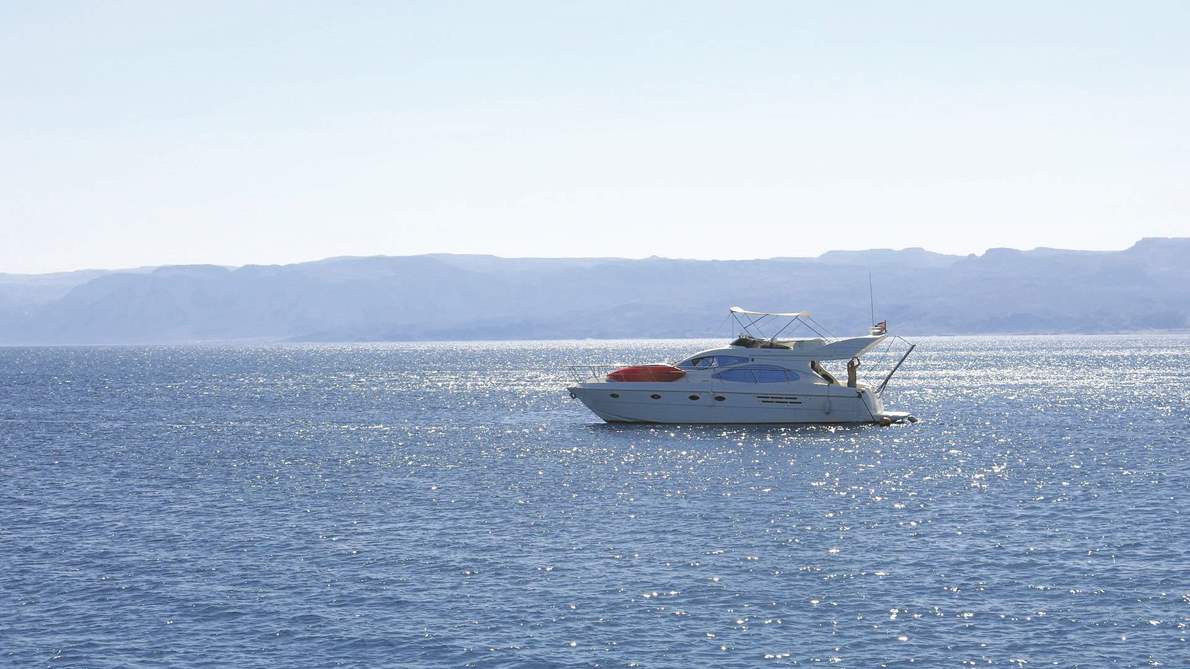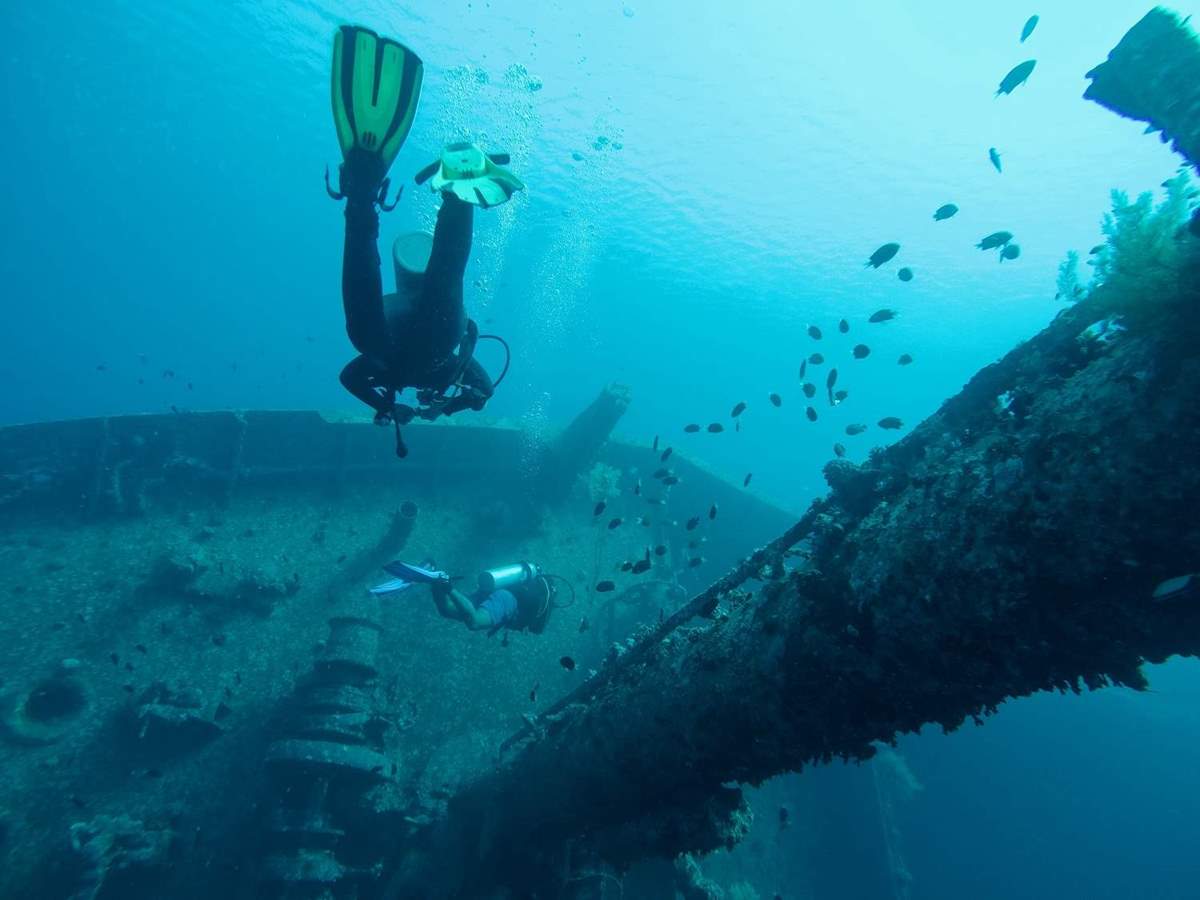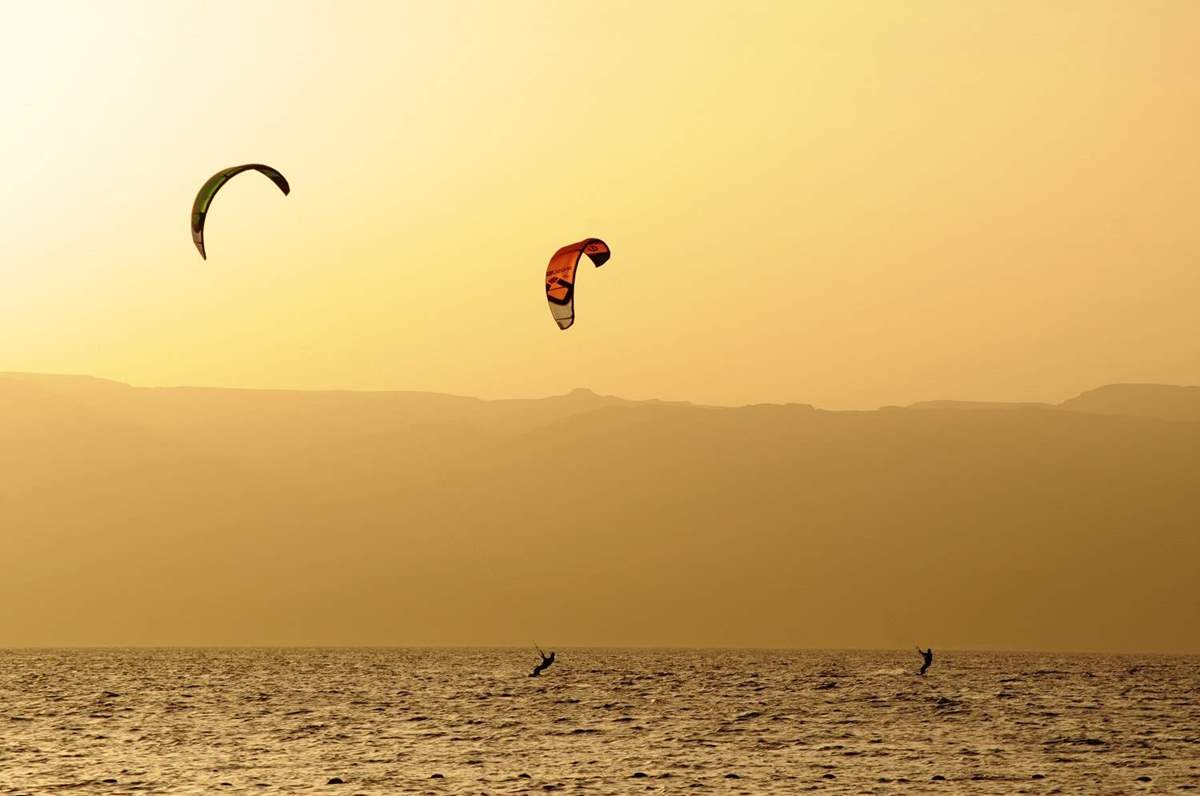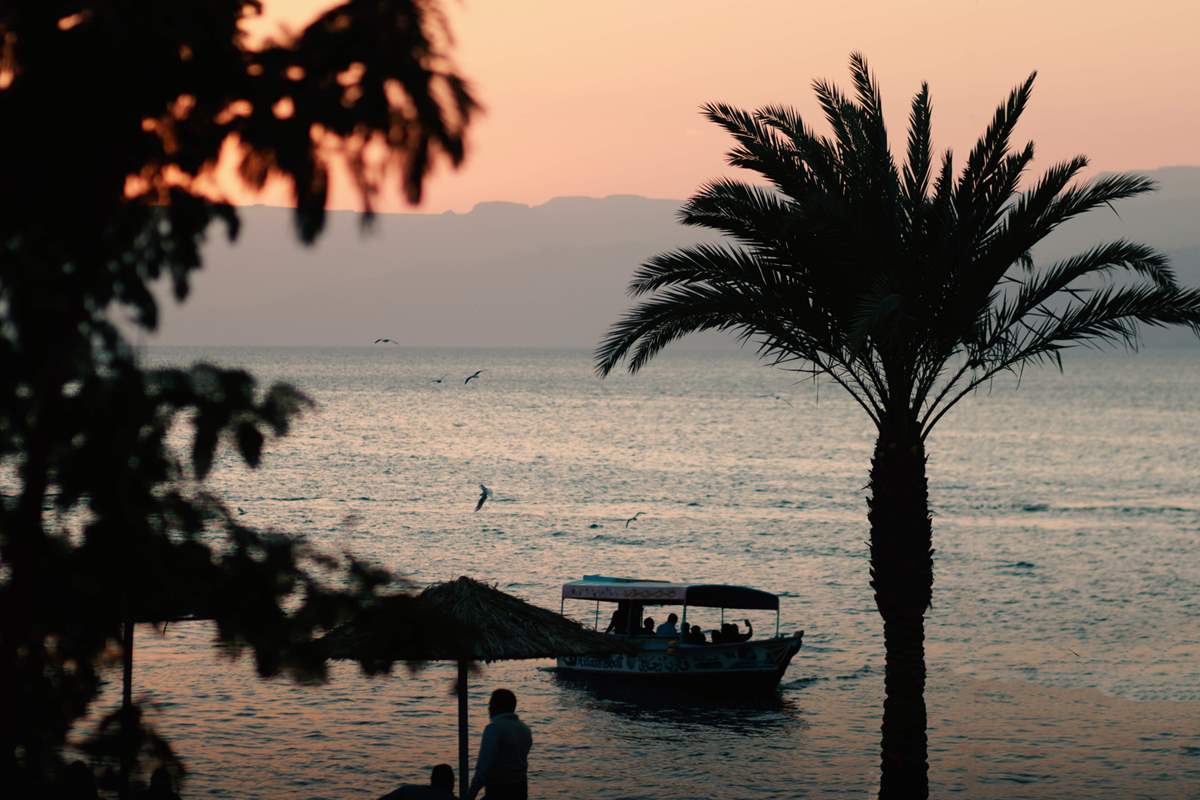AMMAN —
Aqaba, the only coastal city in Jordan, combines cultural and recreational
tourism, and a stopover for a trip to Jordan and Egypt.
اضافة اعلان
Visitors in
Aqaba could enjoy archaeological sightseeing and take boat trips that include scuba
diving, snorkelling, surfing, and among other sea activities.
This Red Sea
gem, located 350km south of Amman, is one of the three sites that make up the
Golden Triangle, Jordan’s most popular tourist destinations. The other two are
Wadi Rum and Petra.
Aqaba is
the southern gateway to Jordan, which is much closer to Wadi Rum and Petra than
Amman. This encourages many visitors to fly to Jordan through King Hussein
Airport, located in Aqaba.
The Gulf of
Aqaba is one of the most popular sites for scuba diving and other seaports. It
is known for its coral-rich reefs and good weather that spans most of the year.
Historically,
inhabitation in Aqaba dates back to 4,000BC, and the city is home to a number
of archaeological sites.
In the
bible, Aqaba was referred to six times as the seaport of Azion Geber, the first
being in the Book of Numbers. It was where the Israelites camped after the
Exodus.
The
location of this ancient city between Asia and Africa has made it a global hub
since the chalcolithic age.
According
to historians, the first people who built a seaport at the Gulf of Aqaba were
the Edomites, a kingdom that ruled the south of Jordan in 1500 BC, to trade
copper mined in the southern Jordanian mountains.
The Phoenicians,
who were known for their maritime experience, helped them build the port.
The
Assyrians, the Babylonians, and the Persians occupied Aqaba upon learning the
importance of its location.
During the
Greek era, Aqaba was described as one of the most important ports in the Middle
East and was renamed into Berenice.
For the
Romans, Aqaba and Petra were annexed to the empire in 106AD. They changed its
name from Aqaba into Ayla.
Under Roman
rule, Aqaba became the southernmost point on the well-known ancient trade route
Via Triana Nova (the new road of Trajan), which was a renovation of the Kings
highway.
This trade
route was a major part of the ancient world’s trade network, providing access
to some of the most essential spices (such as frankincense, which was brought
from Yemen through the Arabian Peninsula to Aqaba).
Formerly a byzantine
city, Aqaba is home to what is believed to be the oldest purpose-built
Christian church dating back to 293AD.
As
Christian bishopric, Aqaba’s Bishop Peter attended the council of Nicaea in
324AD, which was held on Christian doctrines and administration in modern day
Turkey.
Many other
bishops from Aqaba were mentioned to have participated in other meetings held
across the Byzantine Empire.
Under
Muslim rule in 650AD, a new city was built in Aqaba and designed with a grid of
thoroughfares intersecting on a right angle with a tetrapylon (4 arches that
share one roof to mark a crossroad).
In addition
to being a hub for trade, Aqaba served as a caravan station for pilgrims
traveling from the Levant to Mecca.
Aqaba also
flourished from 650 until 1116AD, under the Umayyad, Abbasid, and the Fatimid
dynasties.
In 1116AD,
King Baldwin I took Aqaba and rebuilt its fortress along Pharaohs Island, 7km
west of Aqaba, which falls in the Egyptian territorial waters.

(Photo: Pixabay)
During the
Great Arab Revolt in 1917, Aqaba witnessed the defeat of the ottoman forces by
the Arab forces, led by Sharif Nasser, Auda Abu Tayih, and Lawrence of Arabia.
 (Photo: Unsplash)
(Photo: Unsplash)
The battle
of Aqaba was a key victory, allowing supplies to flow easily from Egypt to the
Arab forces.

This port
city was annexed to Jordan in 1925, along with Maan, after being part of the
Hijaz Kingdom. Its coastline was increased to 24km as part of a deal between Jordan
and Saudi Arabia.

In 2001,
Aqaba was turned into a special economic zone under an autonomous institution to
create a regional trade and tourism hub.
In modern day
Aqaba, the main landmark is its fortress, which is thought have first been
built by the Greeks.
The
fortress was mainly built by the Mamluks, a Muslim dynasty that ruled from
Cairo, as the main gate still carries an inscription that mentions the name of
the last Mamluk, Sultan Qanswah El-Ghawri.
Yet, this
castle is best known for its role during the Great Arab Revolt which expelled
the Ottomans from the Arabian Peninsula and the Levant.
In the film
Lawrence of Arabia, Arab fighters attack the fortress and defeat the Ottomans,
opening the way for supplies to flow safely from Egypt.
Next to the
fortress is the Aqaba Archaeological Museum, which was built 1917 as the palace
of Sharif Hussein, the founder of the Hashemite dynasty.
The museum
showcases artifacts found during archaeological excavations that were conducted
across the governorate of Aqaba, including artifacts from the Bronze Age.
In front of
the museum is Aqaba’s well-known Arab Revolt Flagpole, which is considered one
of the tallest in the world.
The pole
carries the flag of the Great Arab Revolt, usually confused with the Jordanian
flag for the similarity of its colors.
Other attractions
include Aqaba Bird Observatory, an artificial wetland created for bird
migration between Asia, Europe, and Africa, and Aqaba Aquarium, a place where
visitors can be introduced to fish and corals in the Gulf of Aqaba.







